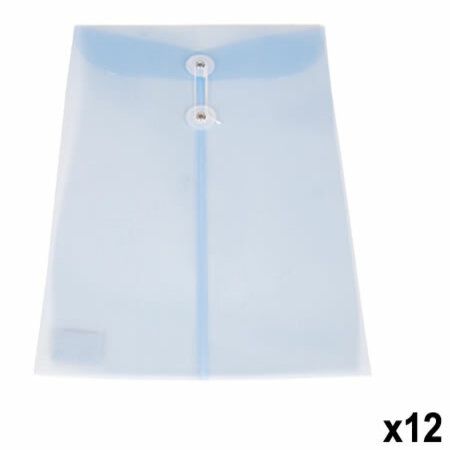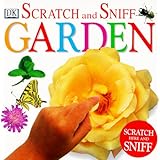Already Ready
Reading books aloud to young children is very important. Children should have books read to them several times a day. These experiences should be meaningful, and when they are they will act as an important literacy tool. It is important for teachers to not only read books but to create conversations from those books, talking about the cover, asking questions, and encouraging children to think. Children are learning from books and from their teacher during read alouds. Children are looking at important ideas such as, what books are. They are comparing print to the pictures, discovering different types of books, finding different meanings of books, and much more. It is important for teachers to discuss the idea that people make books. Teachers can talk about the different authors of their favorite books. They can also discuss the idea that people draw or take pictures for a book. Talking about illustrators can also inspire creative thinking from children.
The Castle In The Classroom
Children are exploring the different components of a story. Children see how stories are taking place somewhere and sometime. They are exploring the idea that stories have a setting. Teachers can do different activities and ask questions to promote further thought about this idea. Children also view different types of characters within books. Children are seeing how these characters are similar and different from each other. They may even make connections from one character in a story to a different character in a completely new story. Showing children that stories have problems in them allows children to think about ways these problems can be solved. Children can use their creativity when reading a book. Children can also use this creativity to make stories of their own, using ideas that they have learned about.






